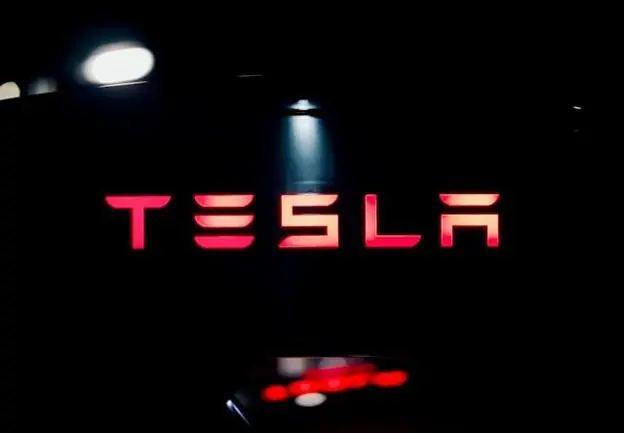Tesla (TSLA) got an early boost on August 11th after a key order flow trading signal flashed bullish, a move many active traders see as a sign of institutional money stepping in.
At 10:26 AM ET, TSLA triggered a Power Inflow at $341.10. For traders who track where “smart money” is going, this serves as noise and a potential roadmap for the rest of the trading day.
If you’re not deep into order flow analytics, here’s the quick breakdown:
Order flow tracks the actual buying and selling activity in real time, separating retail from institutional volume.
Meanwhile, a Power Inflow means there’s a sudden, large burst of buying pressure, often tied to big players, not small retail trades, and when it happens within the first two hours of the trading session, it can set the tone for the rest of the day’s trend.
Think of it as the market equivalent of someone quietly buying up all the front-row tickets at a concert; they’re making a move, and they usually know why.
For Tesla bulls, this kind of signal can be a green light to start watching for sustained momentum. Historically, Power Inflows are seen as bullish intraday signals, indicators of institutional interest, and potential catalysts for short-term price pops.
And yes, that’s exactly what happened, at least in part, on Monday, August 11.
After the signal, TSLA hit a high of $346.48, a 1.6% gain from the Power Inflow price. But the day ended with a close at $339.03, showing why profit targets and stop-losses matter.
Even if you’re following institutional order flow, there are no guarantees.
Tesla’s quick pullback after its morning pop is a perfect reminder that intraday signals can fizzle out, market conditions can shift fast, and risk management isn’t optional.
That’s why many seasoned traders set clear entry and exit points when trading off order flow signals, aiming to lock in gains and cap losses.
Tesla remains one of the most actively traded stocks in the market, with heavy participation from both retail and institutional investors. This makes it a prime candidate for order flow–based strategies, because large trades can quickly impact the price.
With EV competition heating up and TSLA’s own earnings and production updates always under a microscope, short-term trading opportunities like Monday’s Power Inflow can be part of a broader strategy for active traders.



